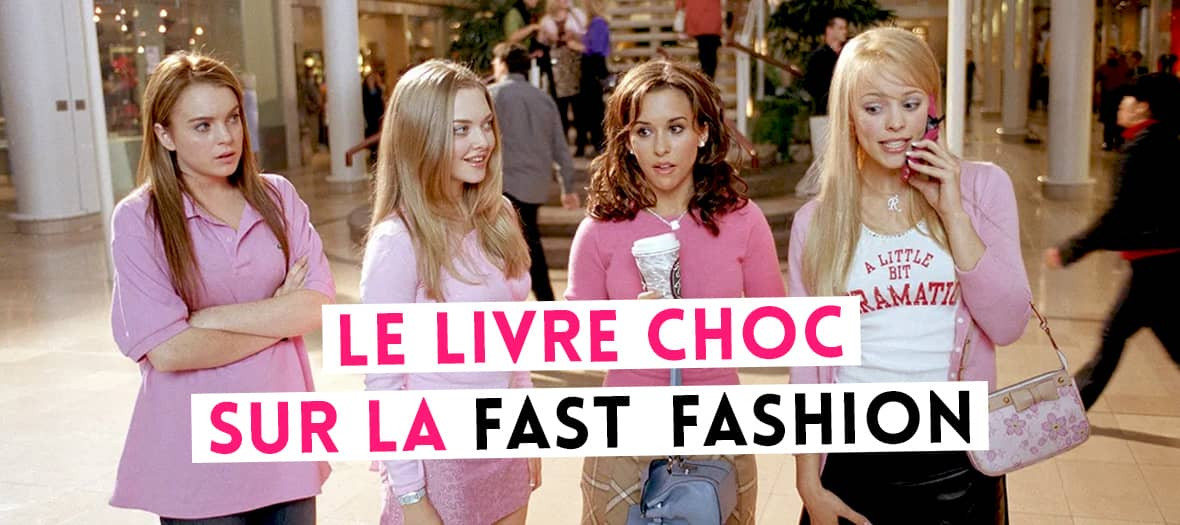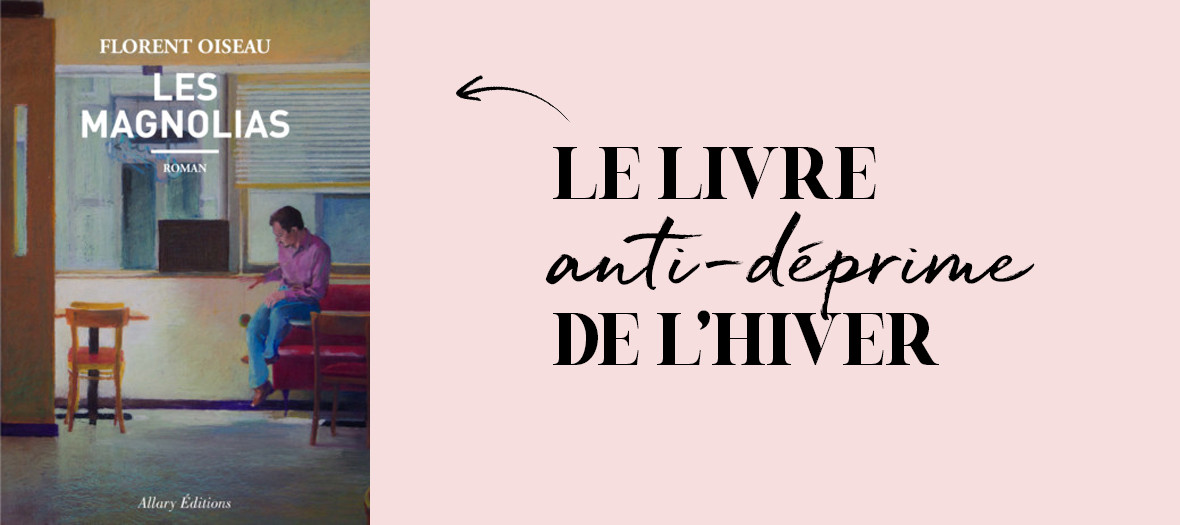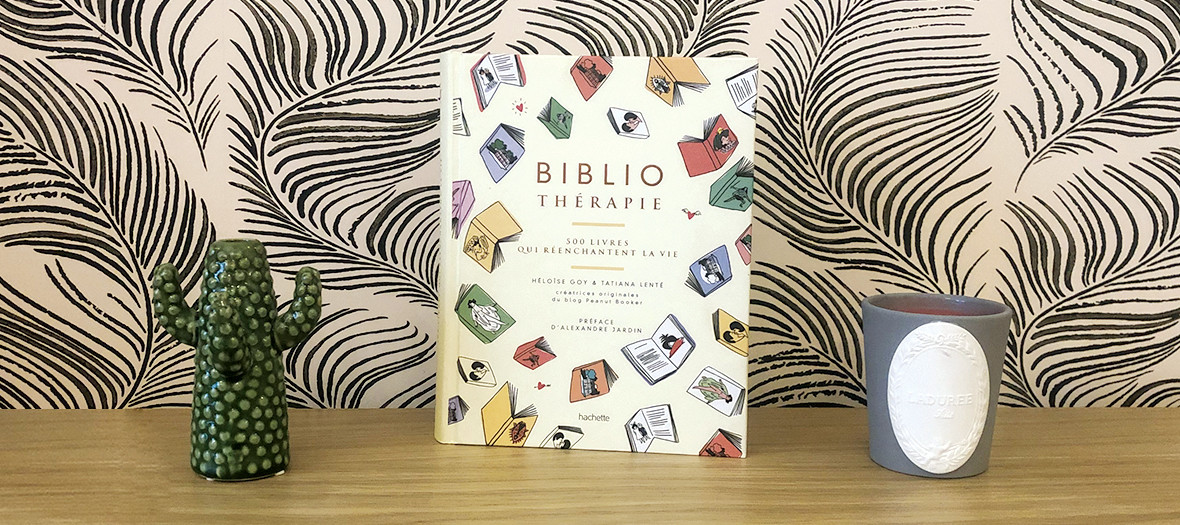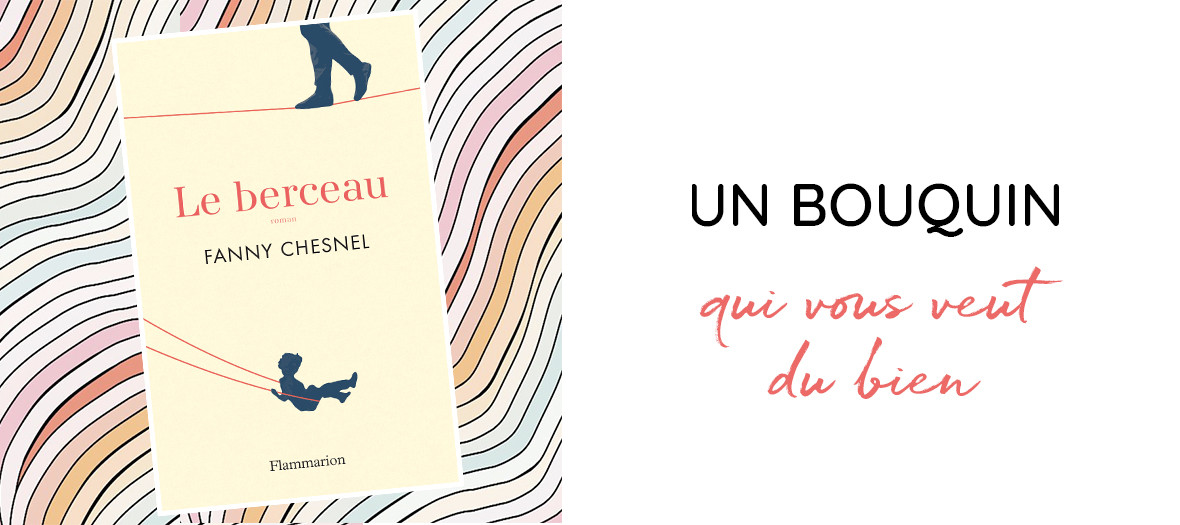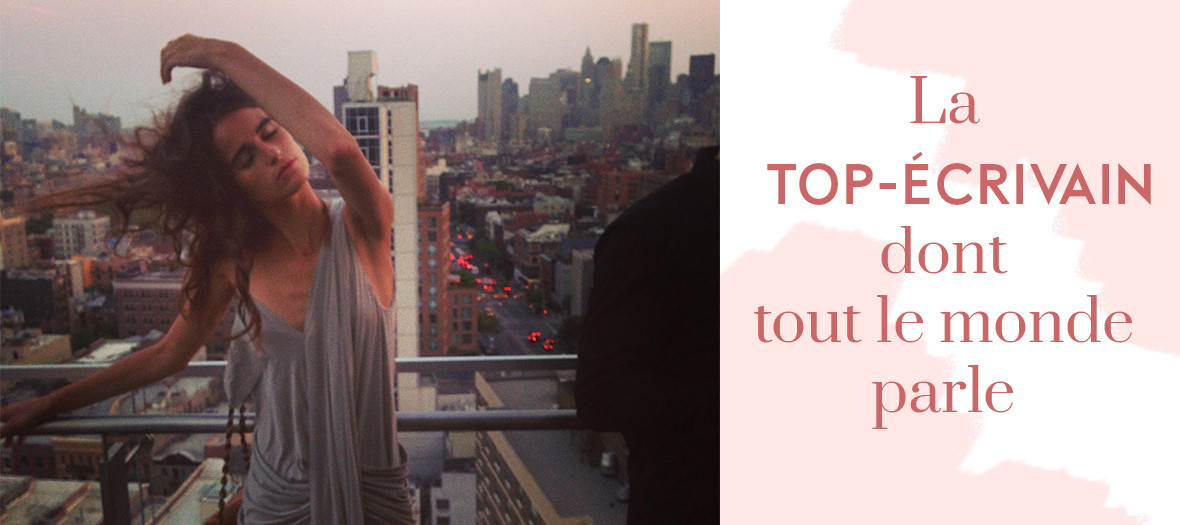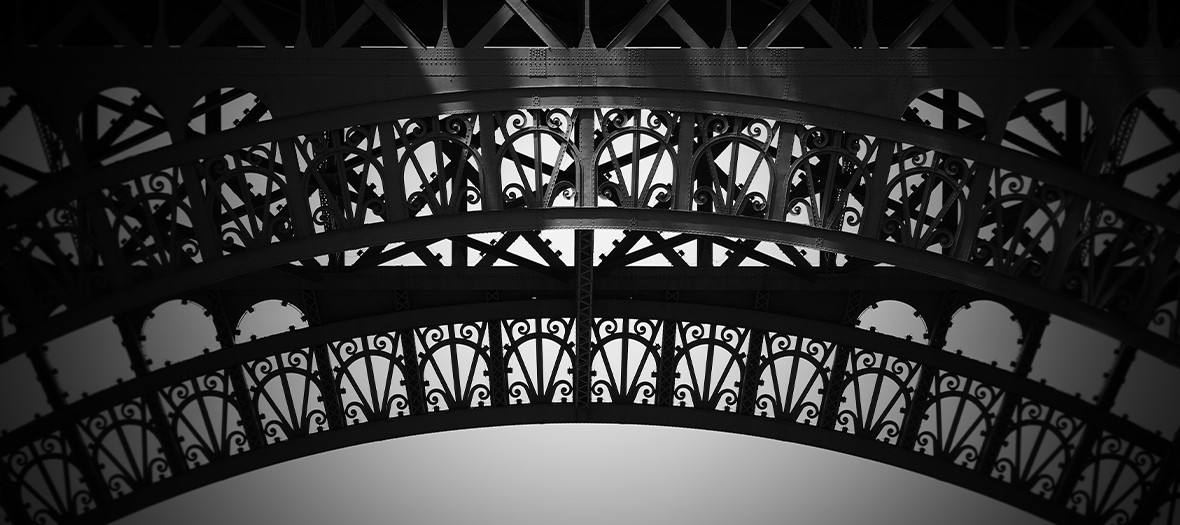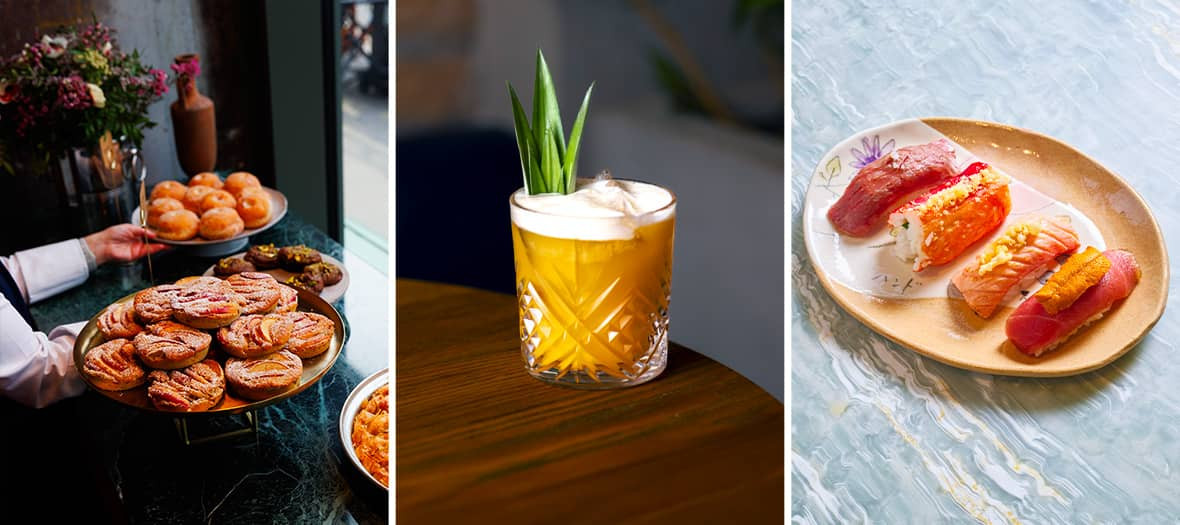© GrandPalaisRmn (musée du Louvre) / Adrien Didierjean et Mathieu Rabeau.
After three years of meticulous work, the queen of fashion journalism, Sophie Fontanel (Elle, L'Obs), finally unveils her captivating new book, Défilé au Louvre. With an impressive 420K followers on Instagram, Sophie dives into the iconic masterpieces of the Louvre through the lens of fashion, incorporating cultural and historical references—all laced with her signature wit. Here are three reasons to snap up this remarkable encyclopedia ASAP.
To Rediscover the Louvre’s Treasures
We can all agree that the Louvre’s collections are nothing short of mind-blowing. But only a true art lover would pause to analyze each work, decipher its story, and imagine its background. Sophie Fontanel has an incredible gift for making us feel like we’re on an exclusive guided tour alongside her, with fashion and art coming together as a cohesive thread. The book’s categories cleverly echo fashion show elements: "venue," "photocall," "front row," "standing," "podium," "models," "backstage," and "re-see." Nothing escapes Sophie’s sharp fashionista eye—she finds style, silhouettes, poses, and accessories in statues, paintings, and frescoes that most of us would overlook. It’s an invitation to wander, discover, and savor—three qualities that pair perfectly with the world of fashion.
For Anecdotes as Wild as They Are Insightful
Staying true to her unique editorial style, Sophie Fontanel doesn’t shy away from interpreting, poking fun at, and questioning the works she chooses, all while weaving in historical context to make her analysis accessible to everyone. Among our favorite stories: a hilarious comparison between VIPs at fashion shows and the statue of the steward Ebih-II, with its wide-eyed, blank stare and awkward smile, standing there with no particular purpose. Then there’s Nasir al-Din Shah, painted by Abu al-Hassan Ghaffari, as a 19th-century fashion victim. Thomas Gainsborough’s paintings make a compelling case for why crossing your legs in the front row might be a faux pas (no spoilers—you’ll find out why when you read!). Meanwhile, Antonio Moro’s portrayal of Cardinal Granvelle reminds us that, contrary to beauty ideals favoring long, lean figures, even those with shorter statures can exude elegance.
To Connect the Past, Present, and Future
Sophie also delivers a true satire on social norms and fashion’s impact across the ages. You’ll learn that the Peter Pan collar became a symbol of purity, a removable, washable accessory perfect for “pretend ingénues” looking to project eternal innocence. From Peter Paul Rubens, we discover that the “It-girl” has always existed but that her image continuously evolves—because in the mid-17th century, Hélène Fourment was captured by artists in the way today’s paparazzi would. And here’s a fun fact: even Jesus Christ, the greatest influencer of all time, couldn’t get men to wear dresses… and neither could Jean Paul Gaultier! Ultimately, we realize that fashion speaks in contradictions, and that’s what makes it beautiful—a fluid and ever-changing concept.
Discover also the new Pop Art exhibit at the Louis Vuitton Foundation and five great dark novels to devour this fall.






